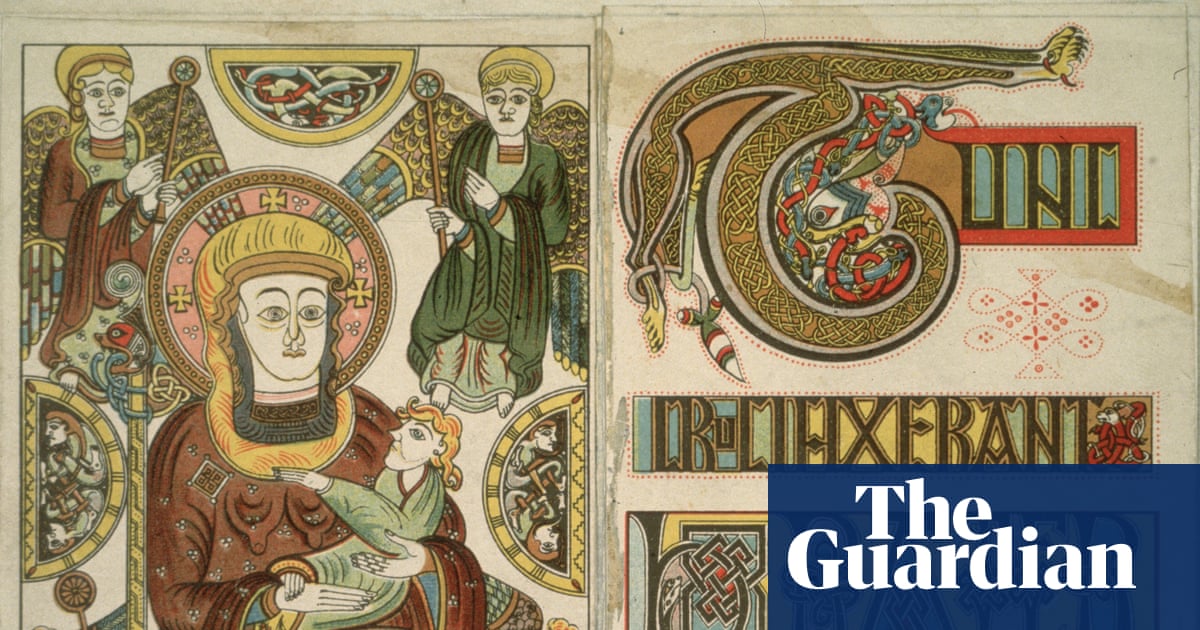
"Dr Victoria Whitworth, who will publish evidence in a forthcoming book, said: The Picts were great artists, producing highly sophisticated Christian sculpture, but it has generally been accepted that not a single Pictish manuscript survives. If the Book of Kells was made in Pictland, this rewrites our understanding of early medieval Scotland. Her research has led her to conclude that a monastery in Portmahomack, Easter Ross, north-east of Inverness, is the most likely place for it to have been made."
"Its monks were manufacturing vellum the calfskins on which manuscripts were written as well as creating elaborate carvings with complex inscriptions that match those of Kells, unlike manuscript and carved inscriptions from Iona, which reflect plainness and legibility, she said. Whitworth argued that while the Kells monastery was founded in AD807, it did not become important until the later ninth century. This is too late for the Book of Kells to have been made at Kells."
Evidence indicates the Book of Kells may have been produced in Pictish eastern Scotland, likely at the Portmahomack monastery in Easter Ross. Monks there manufactured vellum and carved elaborate inscriptions matching those in Kells. Inscriptions from Iona are characterized by plainness and legibility, contrasting with Kells. The monastery at Kells was founded in AD 807 but became important only later in the ninth century, too late for Kells' creation. Portmahomack flourished c.700-800 and was destroyed by fire, possibly in a Viking raid. Archaeologists found a sculptor's chisel at a vellum workshop site.
Read at www.theguardian.com
Unable to calculate read time
Collection
[
|
...
]